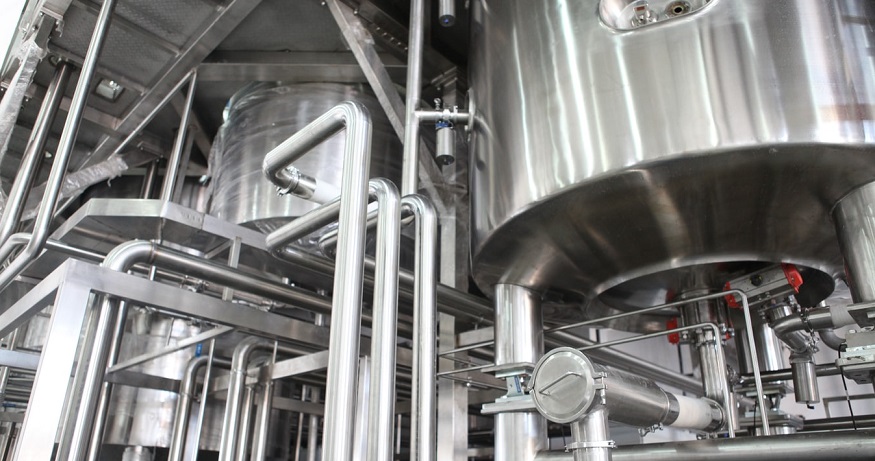
Thyssenkrupp and STEAG pursue green steel production and clean hydrogen deal
December 10, 2020The German companies are designing a joint feasibility study to examine the strategy’s viability.
STEAG GmbH, the German energy company, Thyssenkrupp Steel Europe AG steel producers, and Thyssenkrupp Uhde Chlorine Engineers electrolysis specialists are joining forces to launch a feasibility study for green steel production.
The feasibility study will investigate the construction of a water electrolysis plant.
The plant would be located in Duisburg-Walsum at the STEAG site. It would be constructed by Thyssenkrupp Uhde Chlorine Engineers. The research would also examine STEAG’s structuring of energy supply and operation of that plant and how it could supply clean hydrogen and oxygen to thyssenkrupp Steel’s mill in nearby Bruckenhausen in the Duisburg district for green steel production.
The feasibility study will provide the foundation for the development of the project that would follow. All three partners participating in this project intend to take part as investors but will also actively seek both public and private funding.
This green steel production is only the latest effort focused on hydrogen in Germany and Europe.
The German state of NorthRhine-Westphalia recently took on a hydrogen strategy, as have the German Federal Government and the European Union. These help to underscore how these regions are viewing H2 as a critical component of their efforts to achieve climate impact neutrality. They support hydrogen economy development as well as the implementation of an infrastructure for H2 throughout Germany and Europe.
That being the case, the state of North Rhine-Westphalia and the city of Duisburg will have the opportunity to play a central role. The reason is that this region of Germany is viewed as the heart of the demand for H2 and for the technical expertise that will be required for building and operating the electrolysis plants that will produce it.
The North Rhine-Westphalia hydrogen roadmap has described the way in which this is true. Moreover, the collaboration among the three companies for local hydrogen production and green steel production in an effort to become a clean H2 hub only further illustrates this perspective. The  companies intend to grow their effort over time for a continually expanding clean H2 production to meet the rising demand for the fuel.
companies intend to grow their effort over time for a continually expanding clean H2 production to meet the rising demand for the fuel.



 HFN News is your leading source for fresh hydrogen and renewable energy updates. Amid the fast-paced growth of hydrogen companies, we provide top-notch news and insights about this exciting sector. Our coverage spans from hydrogen cars to global sustainable initiatives, and we highlight the latest in green jobs and developing hydrogen hubs. We invite you to share your local hydrogen news and explore today’s renewable energy job listings on our site. Thanks for choosing HFN News as your trusted guide to the hydrogen and renewable energy world!
HFN News is your leading source for fresh hydrogen and renewable energy updates. Amid the fast-paced growth of hydrogen companies, we provide top-notch news and insights about this exciting sector. Our coverage spans from hydrogen cars to global sustainable initiatives, and we highlight the latest in green jobs and developing hydrogen hubs. We invite you to share your local hydrogen news and explore today’s renewable energy job listings on our site. Thanks for choosing HFN News as your trusted guide to the hydrogen and renewable energy world!